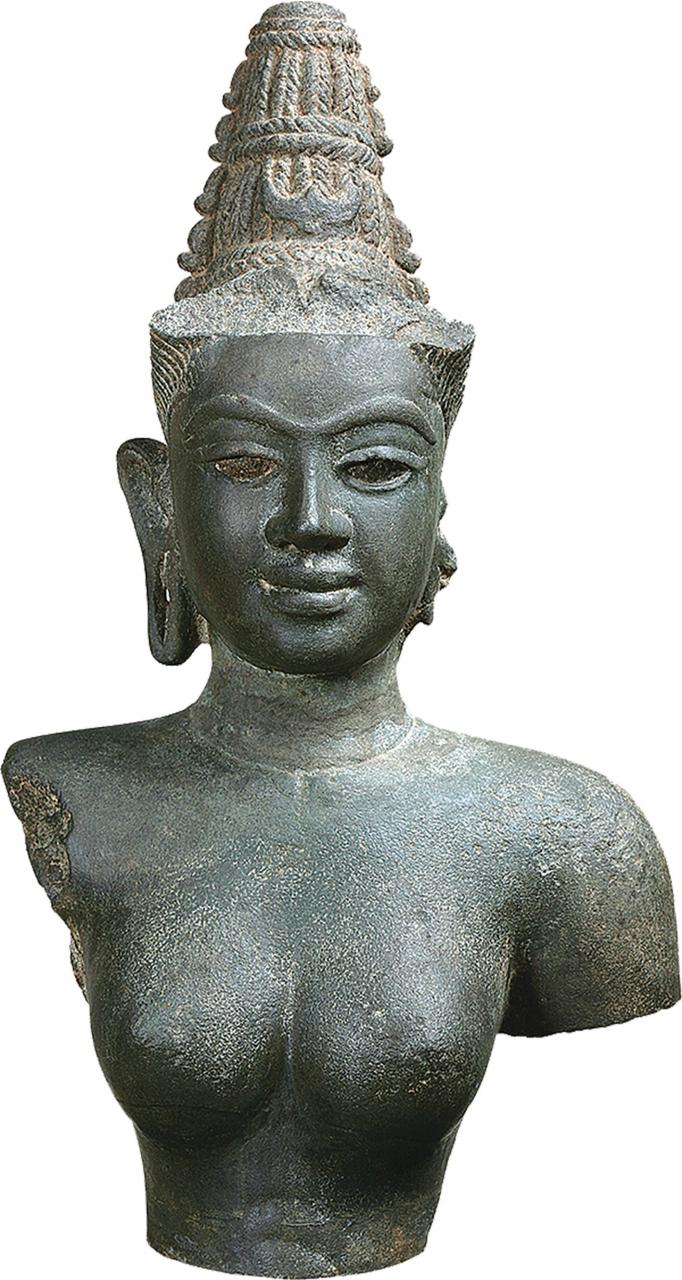
Queen in Cham inscriptions
Cham relics in Dong Duong (Thang Binh) are famous for their architectural scale, worship statues and stele (symbol C 66) dated to 875 under King Indravarman.
Inscription C 66 honors King Indravarman as having attained the throne through his own talent and virtue, rather than by inheritance from his father.
King Indravarman truly opened a prosperous period of Champa. Evidence remains to this day in many relics and steles not only in the Quang Nam region but also in the localities north of Hai Van Pass.
Among the steles of the Indravarman era, there is a special stele honoring Queen Haradevi (symbol C 67). The content of the inscription praises the queen for her beauty and virtue.
“She was proud to serve her beloved husband; she always aimed at the highest truth; she used her wealth to serve her spiritual aspirations and to manifest her innate virtue; she frequently sent gifts to monks and all virtuous people… She was loved by all the elderly members of the royal family, who always prayed for her well-being” (Louis Finot, BEFEO, 1904, p. 67).
This is a rare text that tells us about the role and contribution of Champa women, especially when they had husbands who held important positions in society. We do not know to what extent they participated in politics, but we know that Cham noble women were respected figures in the community, with personalities that set the standard for common morality.
Virgin
Leaving the Cham inscriptions, we encounter the image of a queen My E who has become a legend in history books.
In 1044, King Ly Thai Tong led a large army to attack Champa. King Sa Dau of Champa died on the battlefield. The Ly king entered the capital of Phat The, captured the queen, concubines, and beauties of the king of Champa; then sailed back.
The book “Dai Viet Su Ky Toan Thu” recorded: “When arriving at Ly Nhan palace, (the king) ordered the maidservant to call My E, the concubine of Sa Dau, to serve the king’s boat. My E was extremely angry, secretly wrapped herself in a blanket and jumped into the river to her death. The king praised her for her chastity and granted her the title of Hiep Chinh Huu Thien phu nhan”.
The books "Viet Dien U Linh" and "Linh Nam Chich Quai" record miraculous stories, passed down among the people from the 14th and 15th centuries, and all record the story of My E.
Dai Viet History also states that, also in the year 1044, the Ly Dynasty king brought many Champa prisoners to settle in villages in many localities from Nghe An, Thanh Hoa to Yen Bai, Lao Cai; in which the most populous place was the Chau Giang river mouth (Tuan Vuong intersection, Phuc Man village, Ha Nam province) where the tomb and temple of My E are currently located.
The chaste and melancholy spirit of My E is reflected in the parallel sentences carved by the villagers on the temple gate: "The body in Chau Giang always remembers the Buddha's oath/ The soul remains in Phuc Man village but still looks towards Chiem country".
Source: https://baoquangnam.vn/hoang-hau-champa-trong-van-bia-cham-va-su-viet-3144097.html


![[Photo] Closing of the 4th Summit of the Partnership for Green Growth and the Global Goals](https://vstatic.vietnam.vn/vietnam/resource/IMAGE/2025/4/17/c0a0df9852c84e58be0a8b939189c85a)
![[Photo] Promoting friendship, solidarity and cooperation between the armies and people of the two countries](https://vstatic.vietnam.vn/vietnam/resource/IMAGE/2025/4/17/0c4d087864f14092aed77252590b6bae)

![[Photo] Nhan Dan Newspaper announces the project "Love Vietnam so much"](https://vstatic.vietnam.vn/vietnam/resource/IMAGE/2025/4/17/362f882012d3432783fc92fab1b3e980)
![[Photo] National Assembly Chairman Tran Thanh Man meets with outstanding workers in the oil and gas industry](https://vstatic.vietnam.vn/vietnam/resource/IMAGE/2025/4/17/1d0de4026b75434ab34279624db7ee4a)
![[Photo] General Secretary To Lam receives French Ambassador to Vietnam Olivier Brochet](https://vstatic.vietnam.vn/vietnam/resource/IMAGE/2025/4/17/49224f0f12e84b66a73b17eb251f7278)
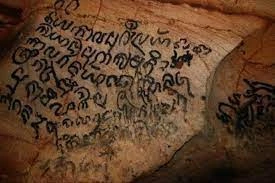

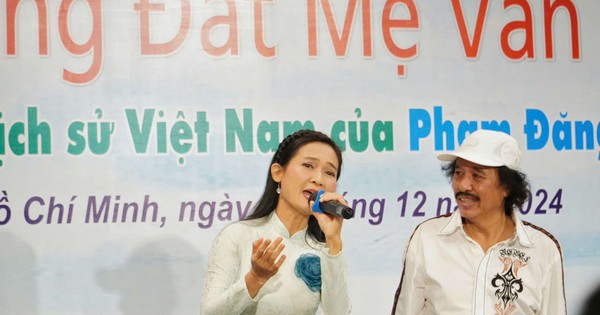



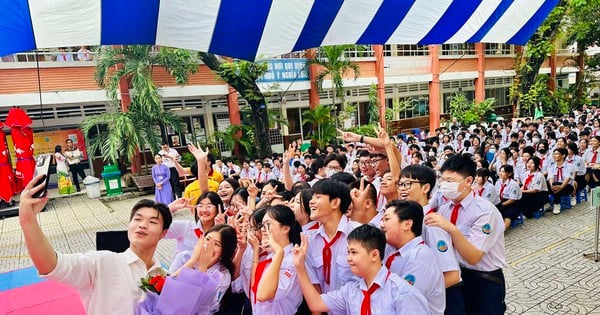



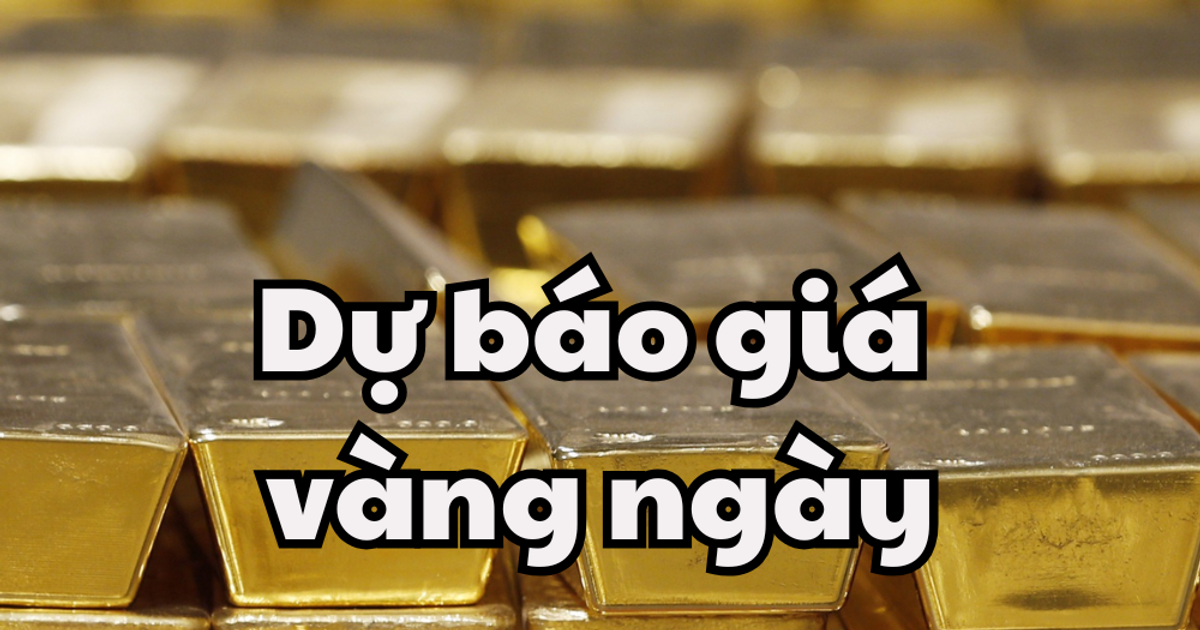








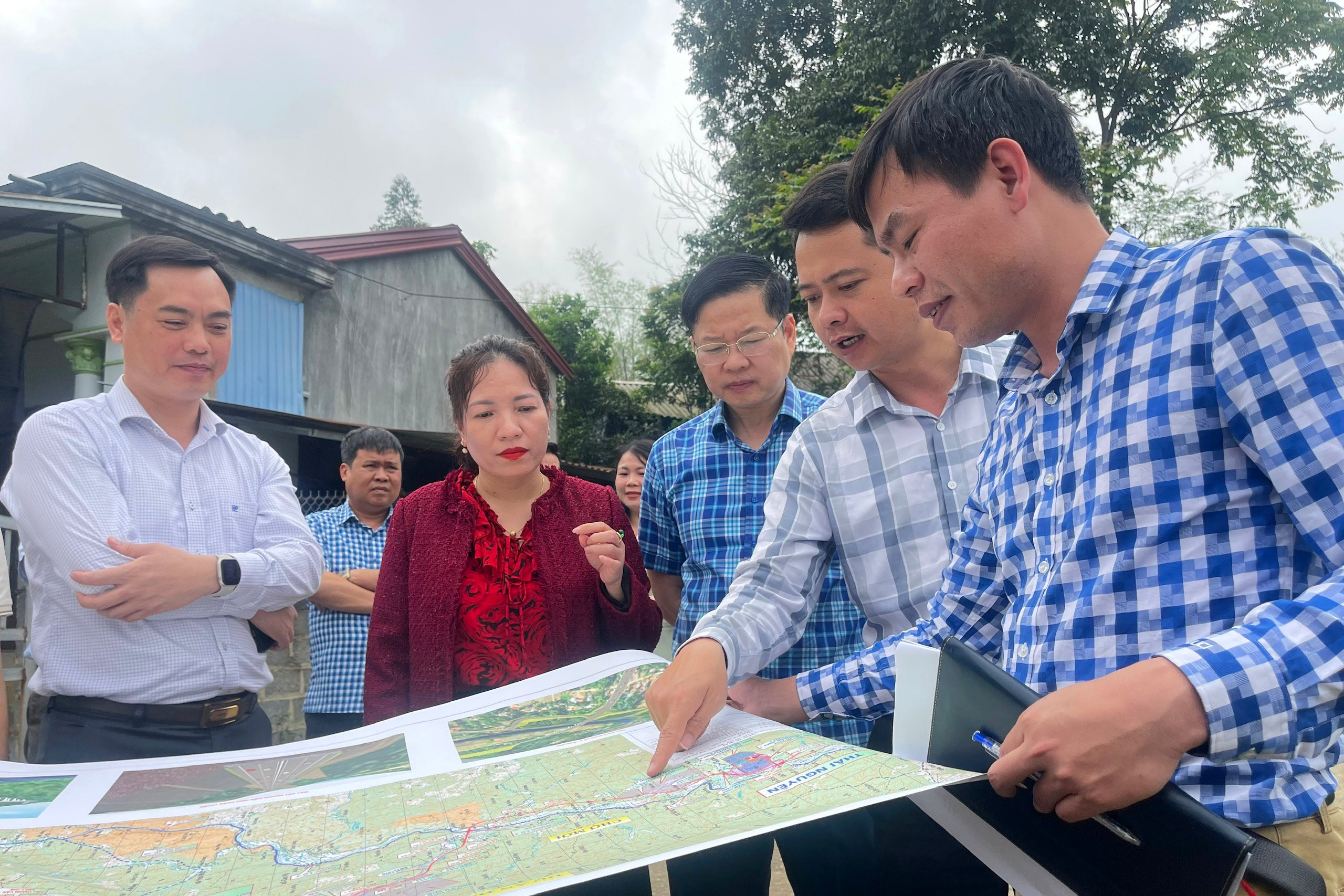
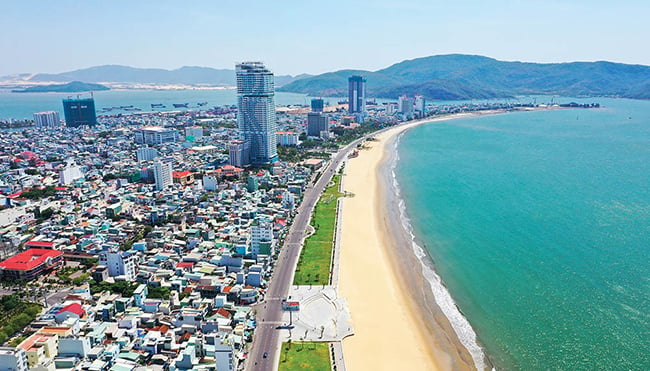
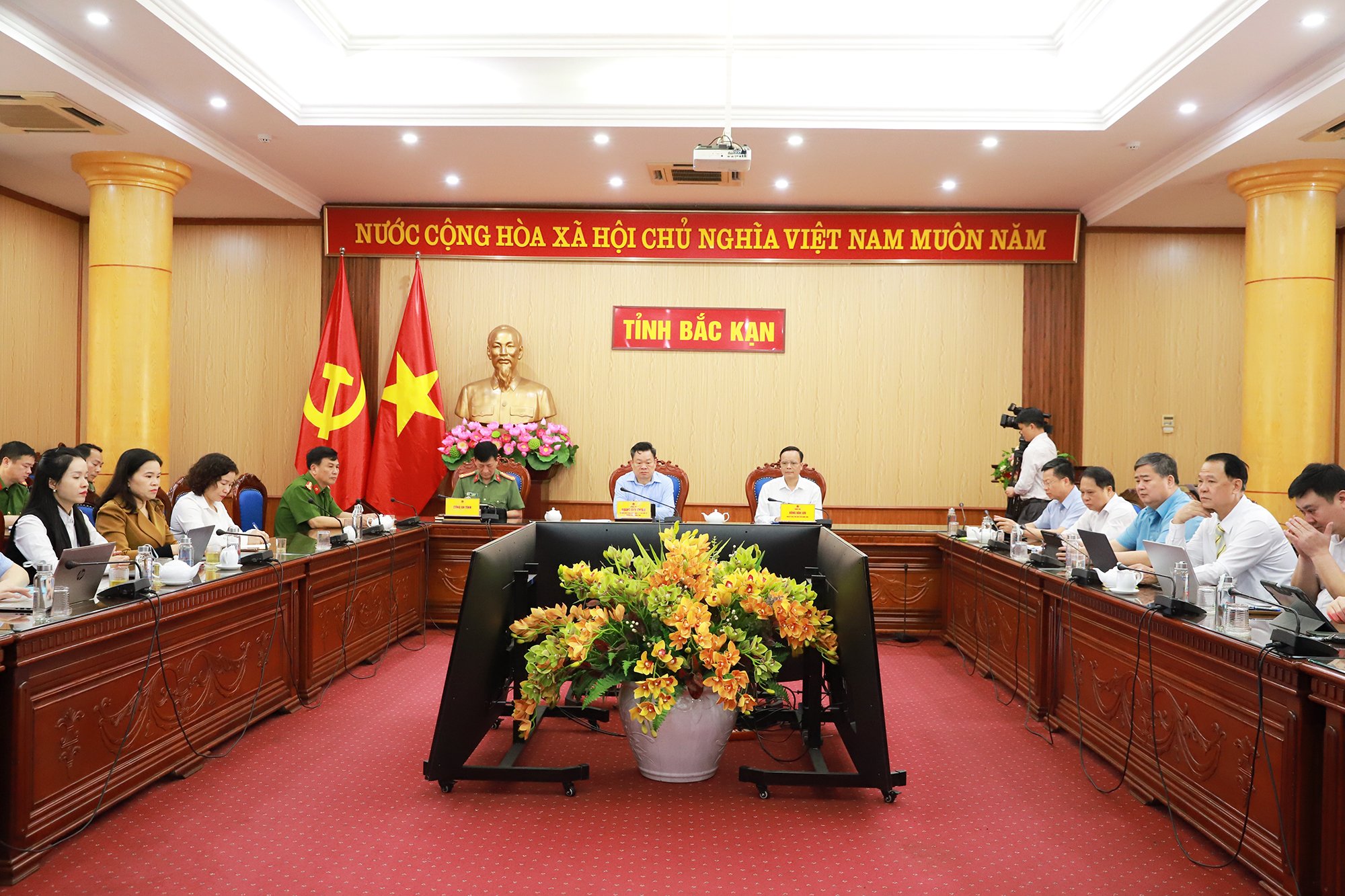


![[Photo] Welcoming ceremony for Chinese Defense Minister and delegation for friendship exchange](https://vstatic.vietnam.vn/vietnam/resource/IMAGE/2025/4/17/fadd533046594e5cacbb28de4c4d5655)




























![[Video] Viettel officially puts into operation the largest submarine optical cable line in Vietnam](https://vstatic.vietnam.vn/vietnam/resource/IMAGE/2025/4/17/f19008c6010c4a538cc422cb791ca0a1)
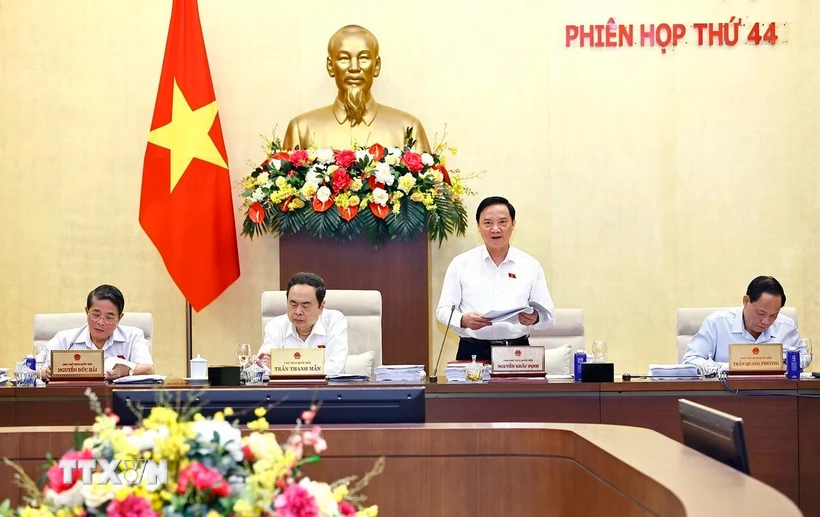
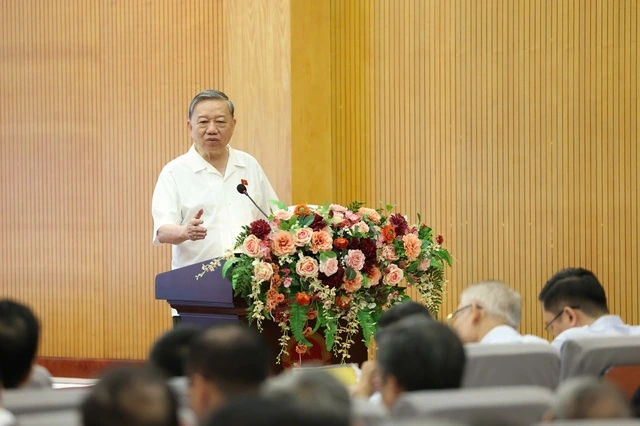

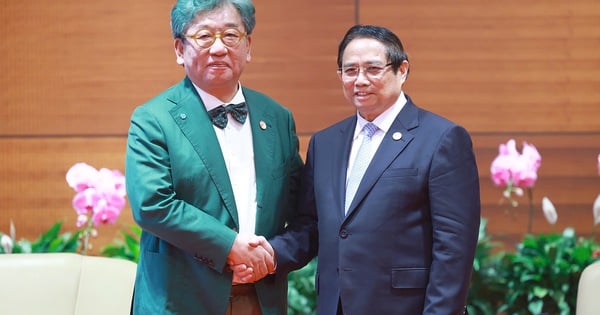

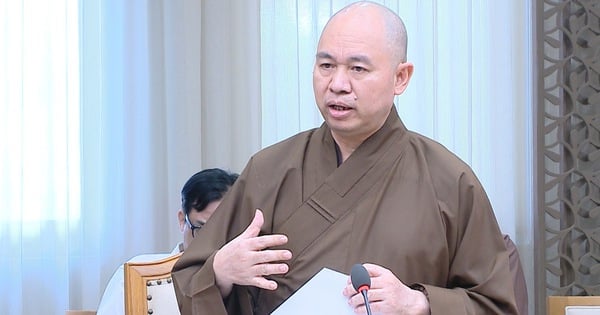
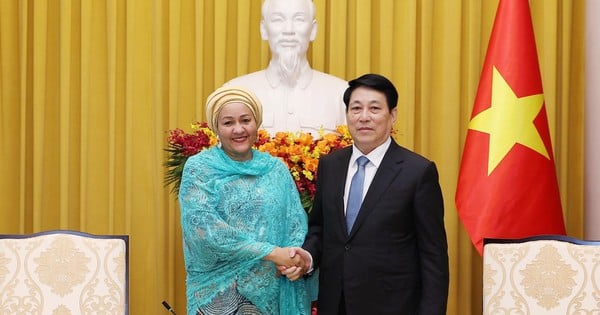
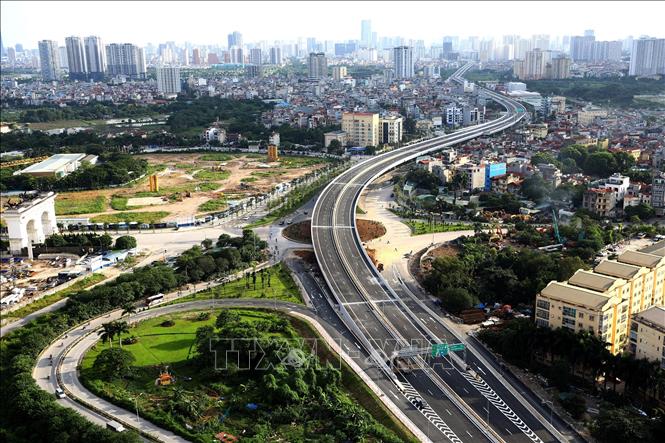








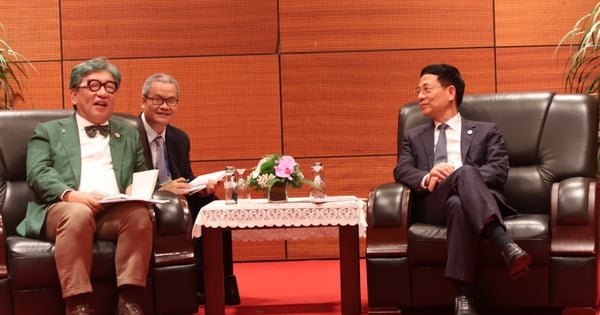


















Comment (0)